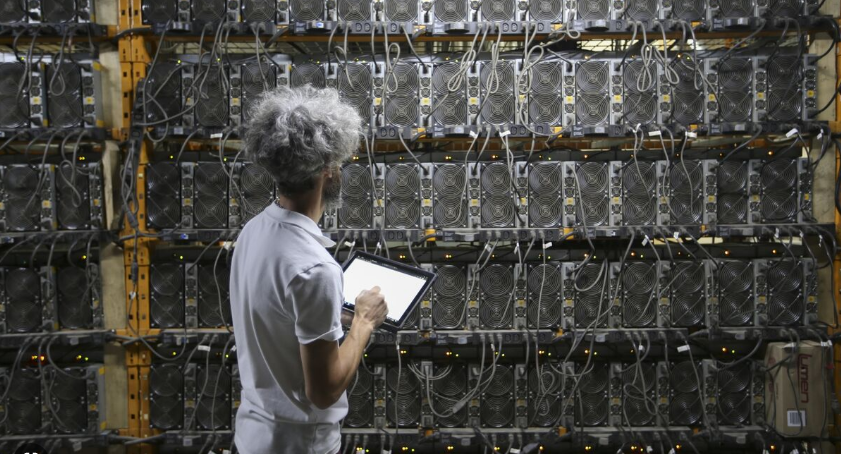The value of taking full control of your NFT drops and collections

Non-Fungible Tokens (NFTs) are a huge part of the blockchain space today and give creators a new way to monetize their artistic prowess and truly create something amazing.
It opens the gates for almost anyone, on a global level, to access the global cryptocurrency market and access a larger audience than ever before. With the rise in popularity of NFTs, countless NFT creation platforms have been developed, as well as numerous marketplaces that can be used to buy, sell or trade NFTs.
However, not all marketplaces, creation platforms, and general options available allow creators to have full control over their NFTs.
As such, today we’ll dive into what full control actually means and why it has value, as well as how Pastel Network’s SmartMint solution can help everyone get the control they need.
NFT Minting and how it works
When non-fungible tokens (NFTs) were originally introduced to the blockchain space, there wasn’t an easy and efficient way for users to essentially start creating them.
In other words, users needed to learn how to code themselves to populate their NFTs with specific metadata, properties, or attributes, and then they needed to find a permanent NFT data and metadata storage solution that operates in a decentralized network.
For example, if a person wants to mint an NFT on top of the Ethereum (ETH) blockchain, which is the largest blockchain that supports this functionality, they must learn to code the smart contracts in Solidity, the main language used for Ethereum.
Today, there are many solutions available, such as a secondary NFT marketplace that also enables direct NFT embossing technology within their offering.
However, most of them have specific limits related to what kind of data users can add and how much of the data they can actually store.
In addition, some marketplaces or minting platforms will also retain ownership of the smart contract that the collection or release is deployed on top of.
What this essentially means is that a user does not necessarily have full rights to the NFT collection or drop the ones created because they do not own the smart contract on which it was created.
Proper NFT mining requires robust storage of metadata, a high level of authenticity, as well as protection against counterfeit NFTs, all of which are important aspects within the blockchain space.
Smart contract control and its requirements
Smart contracts, which are used to enable the creation of NFTs on top of a blockchain network, are programs that can be executed at the time when the pre-programmed conditions are met.
They are created with numerical functions and computing capacity and are linked to a specific address within the blockchain network.
This means that every time a user mints their NFT through a solution, the relevant software vendor or developer must write the data onto the chain and as such can have control over it.
To retain full ownership of their NFT collections and decreases, users must manually create their own smart contracts instead of using third-party services.
Manually writing their own smart contract will enable users to retain full control and ownership of their NFTs, and as such can help them manage their details on marketplaces connected to their wallets.
However, users who create NFTs are usually artists, which means that spending time learning how to code manually will hinder their artistic creation process and create bottlenecks in their works.
Also, if they are overly dependent on third-party platforms, they risk losing full control over the NFT drops and collections they create.
The industry needed a new solution to this problem, and this is where SmartMint fits into the overall picture.
SmartMint and its role in the Blockchain space around NFTs
SmartMint is another no-code non-fungible token (NFT) minting platform, which is developed by the team from Pastel Network.
But unlike traditional no-code solutions, SmartMint takes things further by giving users the ability to retain full ownership of their NFT drops and collections.
What this essentially means is that all users need to do is upload their files, add specific properties/attributes and select the network they want to use.
There are two solutions developed by Pastel that are utilized on SmartMint: Pastel’s Sense and Cascade protocols. The Sense protocol enables near-duplicate NFT detection, and the Cascade protocol gives users access to permanent storage of their NFT data.
The platform supports a variety of file types, such as PNG, JPG, SVG and .MP4. Also, they can add the NFTs anywhere for sale, including on marketplaces like OpenSea or Rarible.
The platform enables users to manage single drops or entire collections, and this means that if they want to mint a single, limited edition of NFT, or a whole 10,000 collection, the platform will handle the creation, as well as the distribution for the users.
Moreover, users can also add custom properties and metadata so that they are not limited to existing standards.
Leap forward in the NFT space with SmartMint
We’ve gone over how keeping full control over NFT Drops and Collections works through smart contracts, and why having an adequate code-free solution like SmartMint can be an important part of marketing and monetizing your art.
It is now up to creators to put their work out there and get value from initial sales, as well as future sales through royalties, while maintaining full ownership of their smart contracts and data.





















